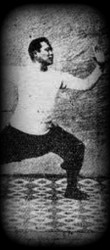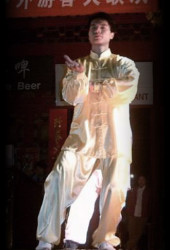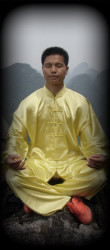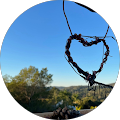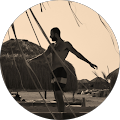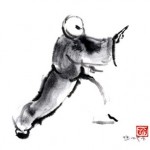Tai chi Practice and Techniques
For the purpose of dealing with how to explain what different body parts should be doing during your Tai chi practice, we will divide the body into three sections:
- The Upper section consisting of the head and neck,
- The Middle section containing the torso (from the hips up to the neck),
- The Lower section pertaining to the legs
When moving the whole body moves and when still the whole body is still. All movements are initiated from the waste.
The set is like a floating cloud or flowing water where the movement is continual and not cut short during any phase. Use your feelings and not your eyes to determine if you body positioning is correct.
The feeling should be relaxed and natural and you should not feel any discomfort.
The head sits naturally on the shoulders. Do not either gore up with the head or sway the head back and forth during practice. Both of these are easy to do and should be avoided. Most beginners have a tendency to look down. This will cause you to stiffen the neck muscles and the back to be hunched.
The hand is the most important object of focus for the eyes so you should try to stare at the middle finger. Lips close slightly and the tongue touches the roof of the mouth naturally. Do not force the tongue by pressing rigorously. Breathe with the nose and listen to the back while giving up all thoughts in order to maintain a calm and natural demeanor.
Your neck and head will be in the correct and natural position if you can feel your collar rubbing against the back of your neck during practice. This should feel natural and you should not have to tilt the head back in order to do this.
All the movements originate from this point first. Sink the chest and waist and round the back slightly. Many beginning students find this point difficult to understand and interpret it in such a way as to hunch over or they lean forward too much. The hip joints should be relaxed and sink down and the abdomen should be filled but relaxed and falling. Relax the shoulder and sink the elbow.
It is very easy to energize the elbow by lifting it up at the shoulder. This should be avoided by relaxing the shoulder and allowing it to be natural. When the hand is hook hand it should be energized at the wrist and not the elbow. This will help you to keep your shoulder down. Your armpits should be opened and not closed. You can maintain this by imagining that you have a bun in your arm pits. This allows your arms to be relaxed and gives you a full range of movement.
Your breathing should be natural and not forced. During closing movements you should inhale and opening movement you should exhale. Work on this only after you have mastered the movements.
Be careful not to allow the knee to extend forward beyond the toes or fall to the inside. Use the sole of the foot as a guide to let you know if the position of the knee is correct. Your weight should feel evenly distributed over the foot and not to much to the inside or outside.
If you have your hip joints relaxed and sunk properly then the knees will bend slightly but not too far forward. The groin should be relaxed and agile and the crotch should be open as if a circle.
Stepping forward or sideways you should push forward with the heel as if it is shoveling the ground being careful to keep the weight on the opposite leg when moving.
The foot should slide smoothly and easily and not dig into the ground. When stepping backwards you should slide the foot with the tip-toes touching the ground slightly. The movement should be an arch, bringing the toes into the body first and then when moving backwards they should move away from the body.
When done correctly it will draw an arched shape. Your steps should be deliberate but agile and graceful and when shifting weight it should be coordinated with the upper body at the same time

